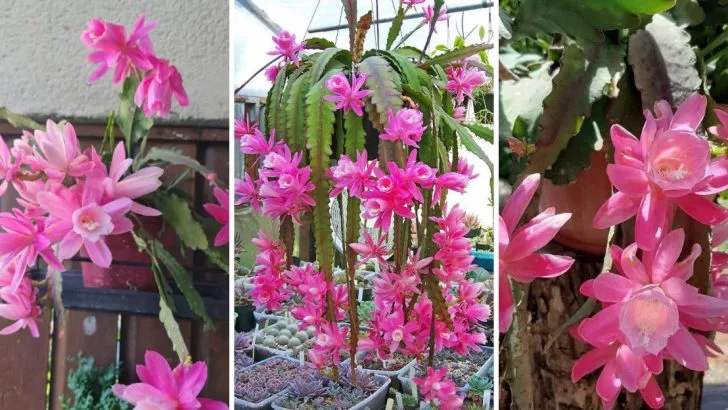The German Empress, or Disocactus phyllanthoides, is one of those plants that turns heads when it’s in bloom. With its bright, exotic-looking flowers and draping stems, it brings a touch of drama without being overly demanding. It’s often grown in hanging baskets or perched on shelves where its trailing habit can really shine.
Even though it looks like it might need special treatment, caring for a German Empress is pretty straightforward once you get the basics down. It sits somewhere between a cactus and an orchid in personality—likes light, doesn’t want to be soaked, and rewards just the right amount of attention with vibrant blooms. These tips can help keep it happy and flowering year after year.
Proper Light Exposure

Light is crucial for the German Empress to achieve its stunning blooms. Place it in a spot where it can receive bright, indirect sunlight. Direct sunlight, particularly in the afternoon, can scorch its leaves, so be cautious.
Morning sun is ideal, providing the right amount of light without the risk of burning. If natural light is insufficient, consider supplementing with grow lights. Watch for signs of inadequate lighting, like leggy growth or pale leaves, and adjust accordingly.
This plant thrives on consistency, so avoid frequently moving it to different locations.
Watering Schedule

Watering the German Empress requires a delicate balance. Too much water can lead to root rot, while too little can cause dehydration. Allow the top inch of soil to dry out before watering again. In warmer months, you may need to water more frequently, while in winter, the plant’s needs decrease.
Always use lukewarm water to avoid shocking the roots and water early in the day to allow moisture to evaporate.
If you’re unsure, it’s better to err on the side of caution and underwater rather than overwater. This practice encourages healthy growth.
Choosing the Right Soil
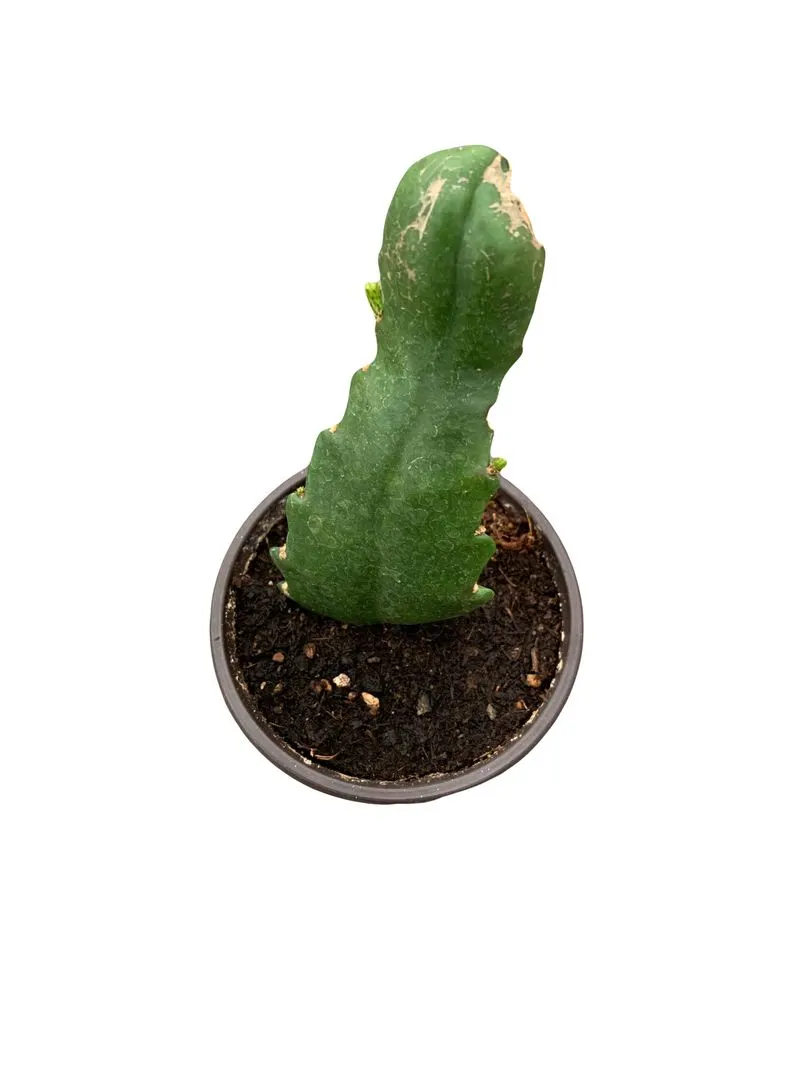
The foundation of a healthy German Empress lies in its soil. Opt for a well-draining cactus mix, which prevents water accumulation and root rot. You can enhance drainage by adding perlite or pumice to the soil mixture.
A slightly acidic to neutral pH is optimal, supporting the plant’s nutrient uptake. Avoid heavy, clay-based soils that retain moisture.
Repotting every couple of years refreshes the soil and provides more room for the roots to expand. Ensuring the right soil conditions encourages robust growth and vibrant blooms, making your plant thrive.
Temperature Tolerance
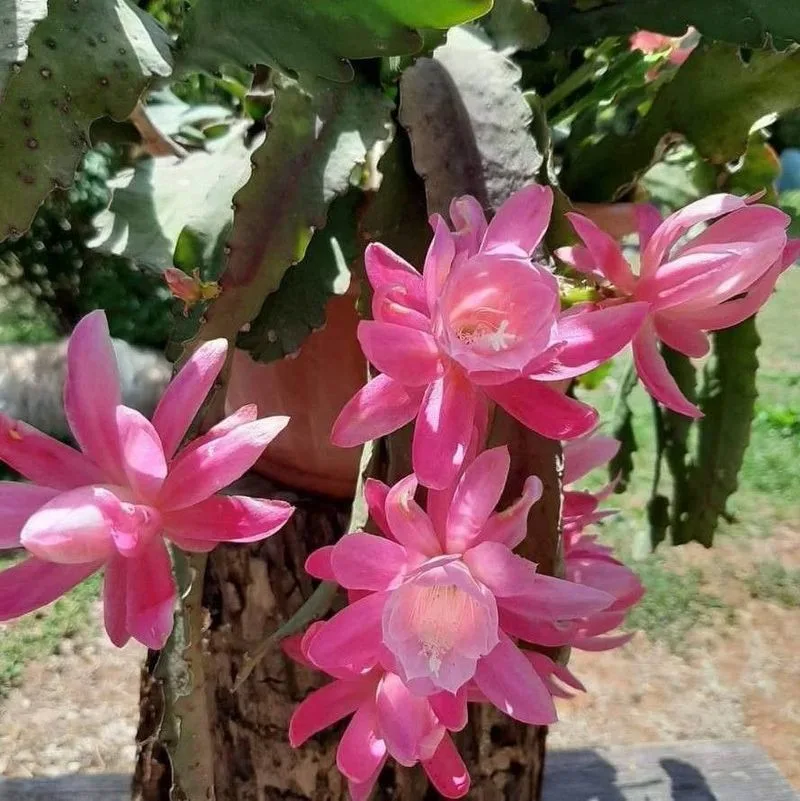
Temperature plays a vital role in the well-being of the German Empress. Ideally, they prefer temperatures between 60-75°F (15-24°C). Though they can tolerate brief periods of cooler temperatures, prolonged exposure to cold can harm them.
Place them in a location free from cold drafts, such as open windows in winter. Extreme heat can also stress the plant, so shield it during heatwaves.
Maintaining a steady temperature range ensures the plant remains healthy and can focus on producing its captivating blooms.
Fertilization Needs
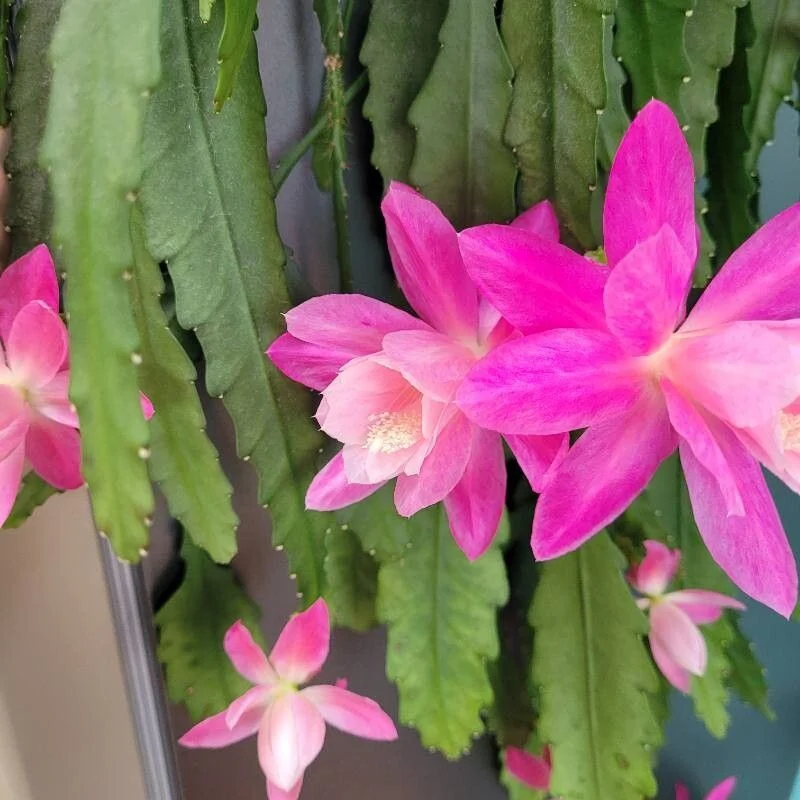
Fertilization is key to supporting the vibrant blooms of the German Empress. Use a balanced, water-soluble fertilizer every four to six weeks during the growing season.
Dilute the fertilizer to half strength to prevent over-fertilization, which can damage the roots. Stop fertilizing in the winter months when the plant enters a dormant phase.
This seasonal approach ensures nutrients are available when needed. Consistent fertilization supports strong growth and enhances the plant’s natural beauty, making it a standout feature in any collection.
Pruning Practices
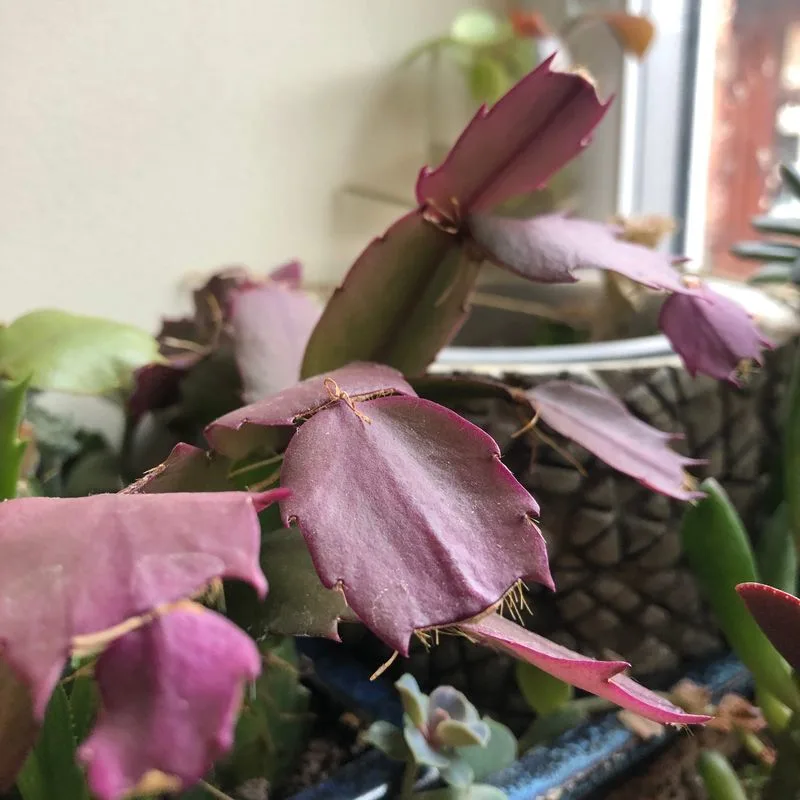
Pruning invigorates the German Empress, promoting healthy growth and an attractive shape. Trim back any dead or damaged stems to encourage new growth.
Use clean, sharp shears to prevent disease transmission. After blooming, remove spent flowers to tidy the plant and prevent seed formation, which diverts energy.
Regular pruning helps maintain the desired shape and size, preventing the plant from becoming unruly. This care practice ensures the German Empress remains a graceful addition to your plant collection, showcasing its best attributes.
Propagation Techniques
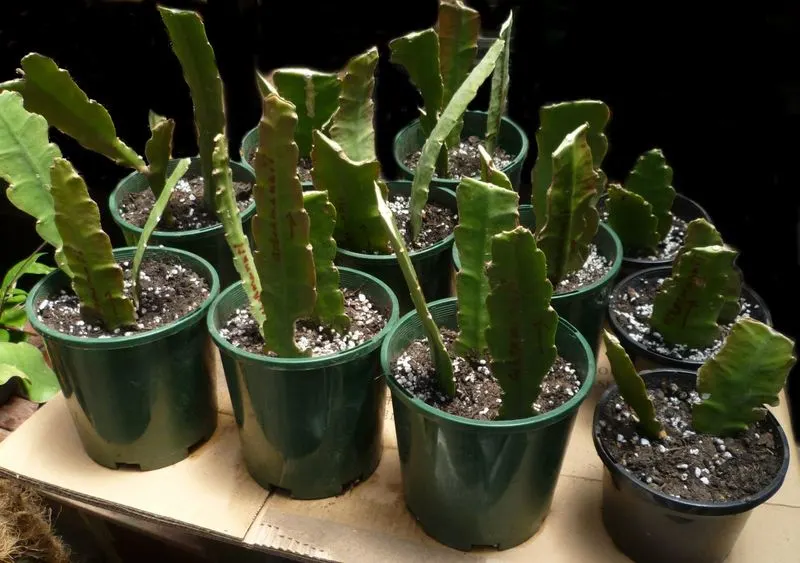
Growing new German Empress plants from cuttings is a rewarding experience. Choose a healthy stem and cut a segment with at least a couple of nodes. Let the cutting dry for a few days until a callous forms over the cut end.
Plant the cutting in well-draining soil and keep it slightly moist until roots develop. Place it in a warm area with indirect sunlight to encourage growth.
Propagation allows you to expand your collection or share the plant’s beauty with others. Patience and care result in successful propagation, creating new life from existing beauty.
Pest Management
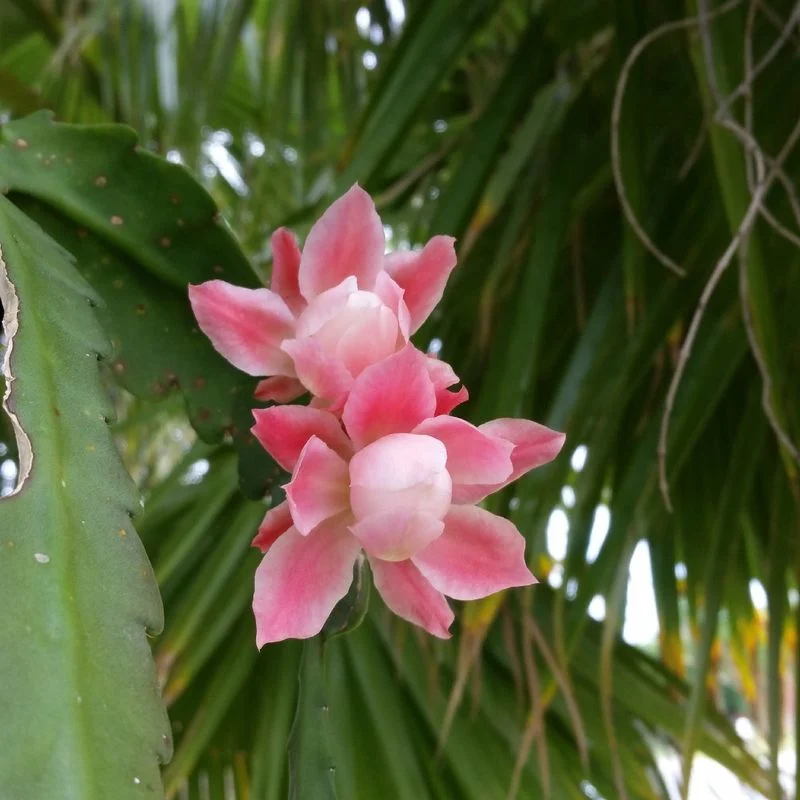
Pests can pose a challenge to the German Empress, but vigilance and swift action can protect it. Watch for common pests like spider mites and mealybugs.
Use a gentle insecticidal soap or a homemade mixture of water and dish soap as a first defense. Regularly inspect the plant, especially the undersides of leaves, for signs of infestation.
Maintaining good hygiene and plant health can prevent pest issues. Quick intervention ensures the plant continues to thrive without the stress of pest damage, preserving its lush appearance.
Humidity Considerations

While the German Empress is adaptable, it thrives best in moderate humidity levels. If indoor air is dry, especially in winter, consider using a humidifier.
Misting the plant occasionally can also help increase humidity, but avoid overdoing it, as excess moisture can lead to fungal issues.
Placing the plant on a pebble tray with water can create a micro-humid environment. Monitoring humidity levels and adjusting as needed will keep the German Empress in optimal health, promoting its striking floral displays.
Pot Selection
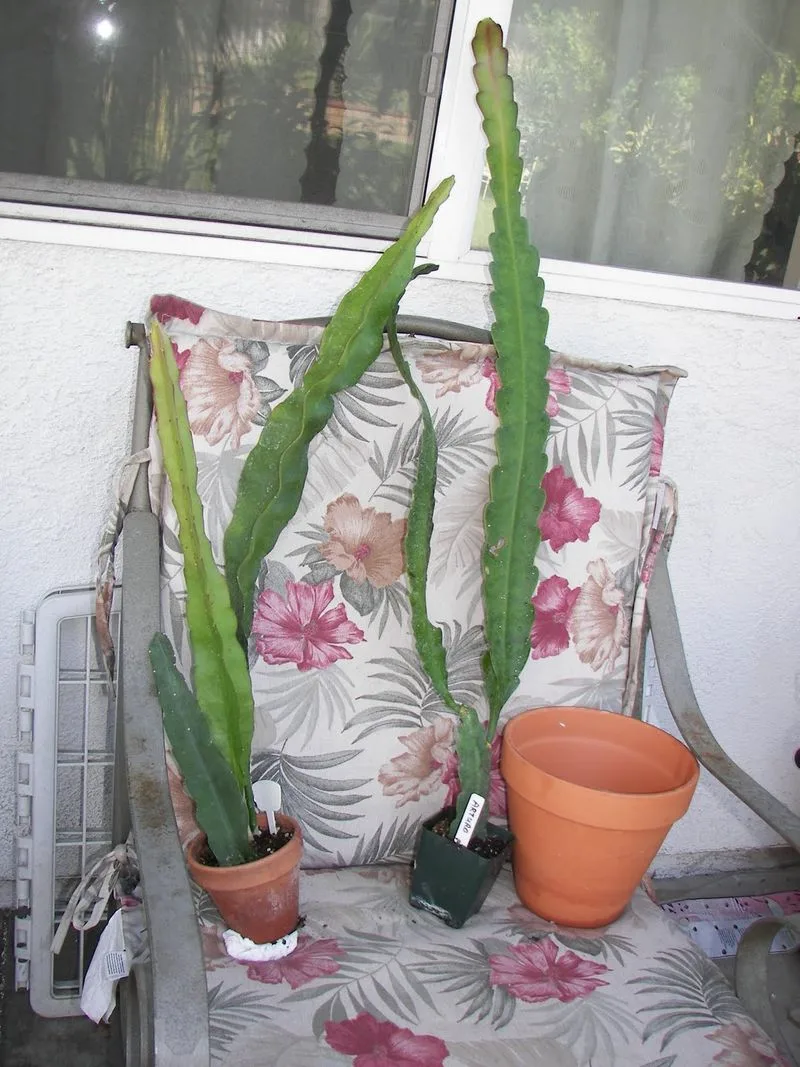
Choosing the right pot is crucial for your German Empress. Opt for a container with drainage holes to prevent water retention.
The material of the pot can also affect the plant’s health. Terracotta pots allow for better air circulation, while decorative ceramic pots can enhance aesthetic appeal.
Ensure the pot is slightly larger than the root ball to accommodate growth. Regularly check that the plant isn’t root-bound, which can hinder its development. A suitable pot not only supports healthy growth but also complements the plant’s visual appeal.
Seasonal Care Adjustments
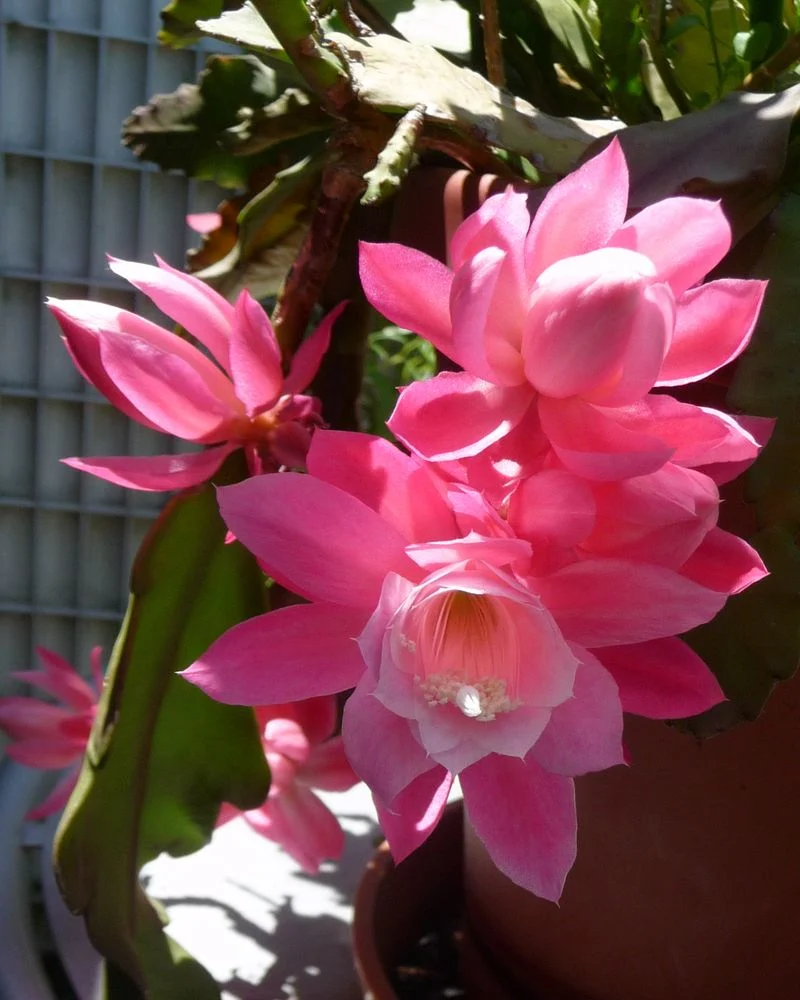
Adapting care routines with the seasons ensures the German Empress thrives year-round. In spring and summer, focus on active growth with regular watering and feeding.
As autumn approaches, gradually reduce water and halt fertilization to prepare for dormancy. Ensure the plant is in a stable environment during winter, free of drafts and temperature fluctuations.
Understanding these seasonal needs supports the plant’s natural life cycle, allowing it to rest and rejuvenate for the next growing season, ensuring continuous beauty and vitality.
Flowering Stimulation
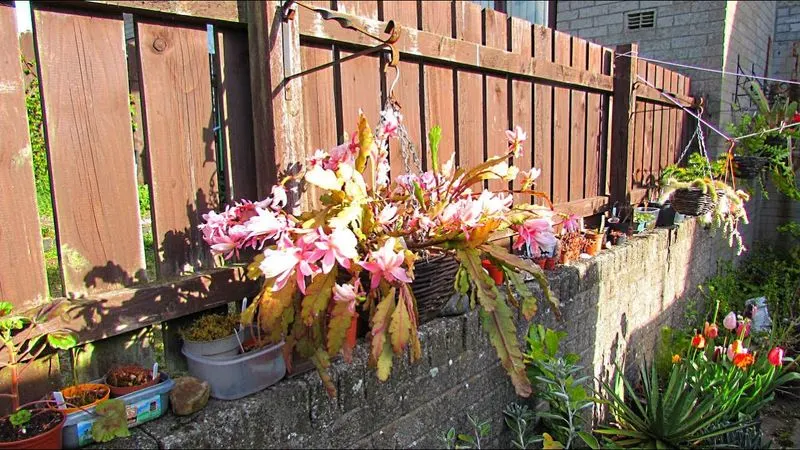
Encouraging the German Empress to bloom takes a bit of strategy. Providing the right balance of light, temperature, and nutrients is crucial.
During the growth phase, ensure the plant receives enough light to store energy. A slight drop in temperature at night can also promote flowering.
Be patient, as it may take a few years for young plants to bloom. The reward is worth the wait, as blossoms transform the plant into a spectacle of color, enhancing its appeal and making it a centerpiece of any plant collection.
Repotting Frequency
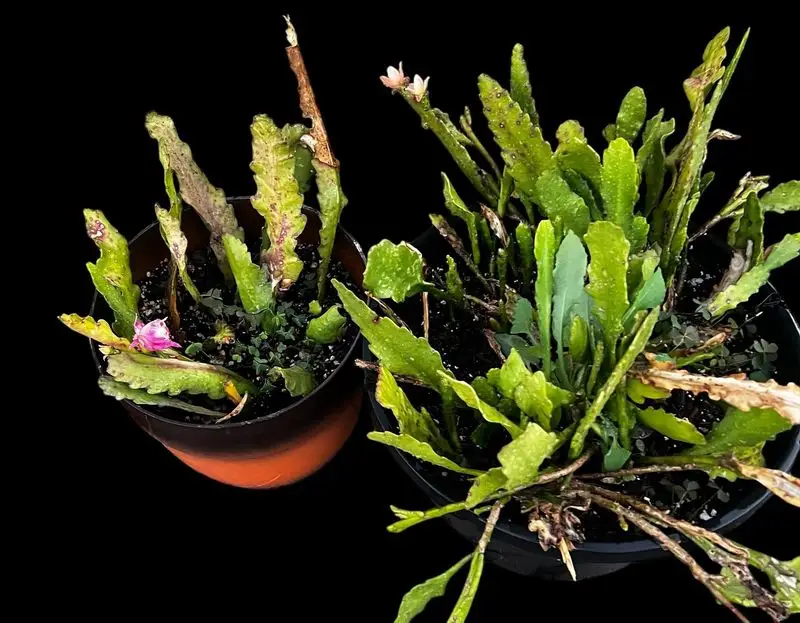
Repotting the German Empress every two to three years refreshes its environment and promotes growth. As the plant grows, it may become root-bound, limiting its access to nutrients.
Choose a new pot slightly larger than the current one, and refresh the soil with a suitable cactus mix.
Repotting in the spring aligns with the active growth phase, minimizing stress. This practice not only encourages healthy growth but also provides an opportunity to inspect the roots for any issues, ensuring the plant’s continued vitality and health.
Cultural Significance

The German Empress holds a special place in botanical history, celebrated for its beauty and resilience. Often associated with elegance, it was a favored plant in European conservatories.
Its captivating blooms and unusual form make it a symbol of sophistication in plant collections. Sharing a piece of history, this cactus connects gardeners to a tradition of ornamental horticulture.
Understanding its cultural roots adds depth to its allure, enabling enthusiasts to appreciate not just its aesthetic appeal but also its place in the world of botanical treasures.

